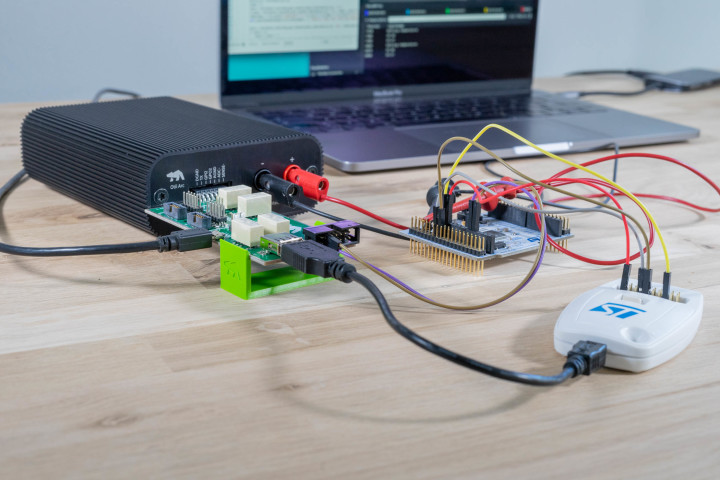The Low-Power Mindset in the Development of IoT Devices
on
The complexity of energy efficiency presents a challenge for developers across the stack. Getting into a low-power mindset means continuously measuring and optimizing the energy consumption throughout and after the development project. Various factors like user scenarios, explicit form factors, and contrasting environments play a crucial role in achieving long battery life. Optimization is a tedious task, however, critical for every business. Creating a long-lived device preferably without a long and expensive development time is key. By implementing a few important practices throughout the process one can successfully achieve this.

The Prototyping Phase
The energy efficiency requirements of a device are defined and an agreed form factor most likely defines the physical size of a battery. Early on, with no access to a prototype or dev kit, picking a preliminary battery can be tricky. Battery manufacturers have useful tools for that purpose. As soon as there is any hardware, the measurements are crucial. The Otii Battery Life Estimator uses information from measured power profiles and estimates a life time based on your chosen battery. The goal is not to get an absolute value but an estimation of how different power profiles affect battery life. These practices draw a rough picture of the key parameters to follow up in the development phase.
The Development Phase
Development is an iterative process and the energy optimization will depend on regular power measurements for each iteration made – in software, firmware, and hardware. This is no different than having automated tests to find firmware and software bugs. Tools like Otii Arc and the Otii Automation Toolbox simplify this process by adding energy consumption tests to existing test environments like Jenkins with tests written in popular languages like Python and Java.
Profiling batteries, meaning measuring discharge performance over time, will provide a realistic insight into whether these batteries have the capacity and the right behavior to support a number of scenarios the device will be in. The accuracy of these estimations can be further improved by applying the profiled battery discharge to the device (instead of a power supply) to find out what the actual usable capacity would be.
The Production and Maintenance Phases
By using an affordable and easy-to-use set-up, like Otii Arc, it is easy to have the same methodologies applied at suppliers’and manufacturers’. It allows for the same reference point when discussing requirements and deliverables, and minimizes the risk of errors in testing. It is equally important to ensure that any fixes in the firmware or software don’t cause irreparable damage to the already installed base of devices when distributing updates. No one needs a simple line of updated code draining the battery of the product in use.
Making these adjustments and using the right tools, the low-power mindset can have a significant effect on any development cycle, saving developers, suppliers, manufacturers, and customers a lot of time and money.



Discussion (0 comments)